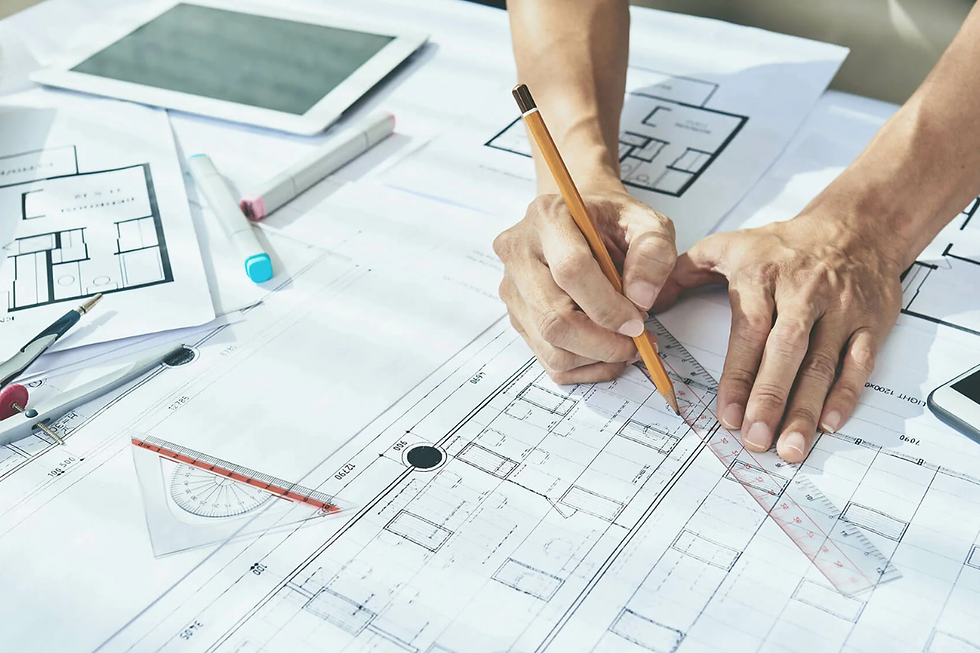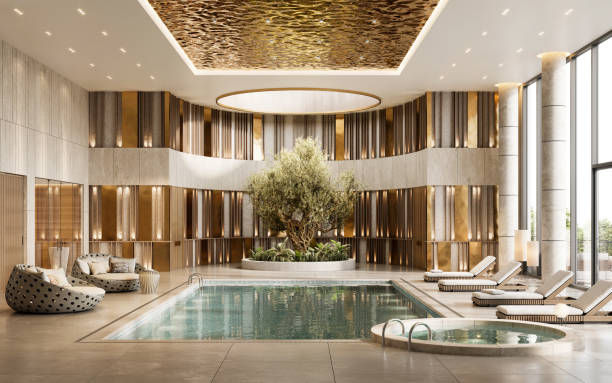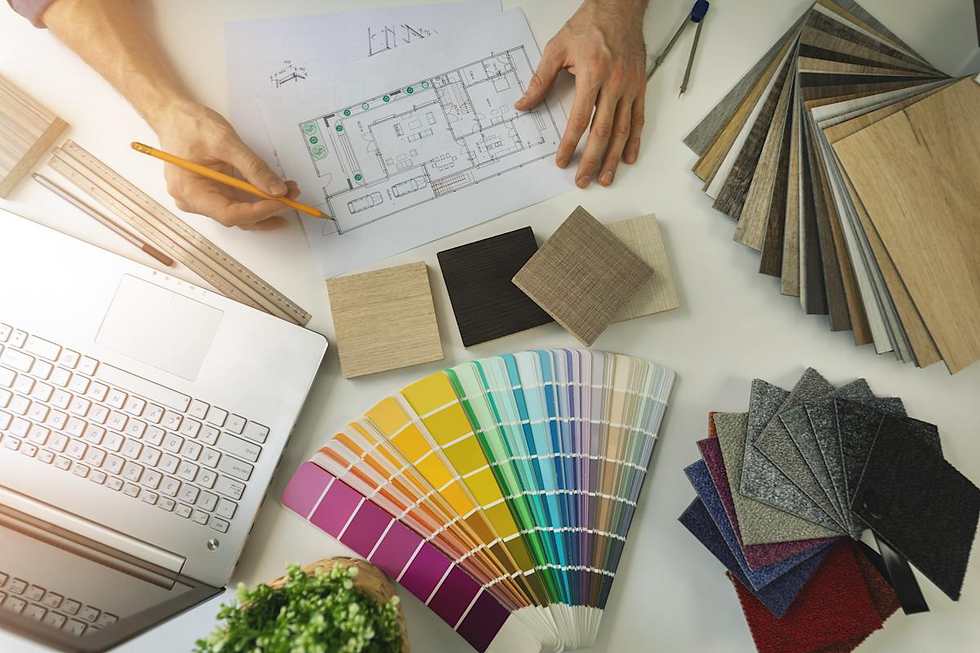What Interior Designers Don’t Tell You About Home Flow
- Lisa Merkle
- Jun 13
- 4 min read

Think of hiring an interior designer in Beverly Hills and images of glamorous living rooms, custom-crafted furniture and sumptuous textures come to mind for many. But there’s one idea many professionals don’t talk enough about — home flow. This design aspect that no one talks about can be the make-or-break factor in whether your home actually feels comfortable and functions well.
What Is Home Flow?
Home flow has to do with how we naturally move through our homes — how every room is connected and everything is reachable, how furniture placement affects walking paths and how our home makes us feel, open or sectioned. It’s incredible what carefully crafted flow can do for making a space feel bigger, more chilled and more together.
But too often homeowners think about aesthetics without thinking about how rooms work together. Interior design Beverly Hills may show off beautiful design, but if it doesn’t have the right flow, day-to-day life becomes inconvenient and chaotic.
Why Flow Is Often Ignored
It’s because that’s what sells — in portfolios and in magazines and on social media, where aesthetics matter more than, and sometimes at the expense of, depth. Flow, being invisible in photographs, gets shoved aside.
But behind the scenes, the best interior design firms Beverly Hillies have learned that it is the flow of a room that genuinely brings an interior to life. But designers may not all highlight that unless asked for, so bash around.
Design tip: Always ask your designer how they’re maximizing your home’s flow — not just decorating it.
Signs Your Home Has Poor Flow
Some indications that your home may not have been well-designed for flow could include:
Dead ends: Rooms where movement ends, instead of carrying on through them.
Furniture impediments: Being forced to contort to walk around tables or chairs.
Awkward transitions: Moving from a grand living room to a cramped hallway without the niceties between.
No visual link: Rooms that aren’t stylistically or functionally “speaking” to each other.
If you are honestly working with luxury interior designers Beverly Hills, these are topics of discussion that should be included — they usually aren’t unless you know the right questions to ask.
Flow in Luxury Homes The Fling of Luxury
In well-to-do areas such as Beverly Hills, houses are often big and fancy. But good flow is not a given.
Beverly Hills top-tier interior designers know flow can make luxury even more elevated. They might, for instance, rely on gradual flooring transitions, matching ceiling heights and line-of-sight tricks that usher the eye from one space to the next.
They might employ zoning effects to demarcate zones for lounging, working, entertaining, dining — and without something as crude as walls separating them.
How to Make Home Flow Better (Even Without Renovation)
You don’t have to knock down walls to create better flow in your home. Here are some concrete ideas:
Define Pathways
Make sure each room has a natural “flow” to it. If there’s furniture in the way, move it aside or away.
Merge Floor and Color Scheme
Repeating the same style of flooring or color scheme in different rooms can help make the home feel unified and visually related.
Open Up Sightlines
Try to avoid tall furniture blocking your line of sight from one room to the other.
Lighting to direct Movement
“Movements can be motivated by or inhibited by light. Well-illuminated hallways and corners, barrel naturally pull you in to move through the space, while shadowy spots halt your approach.
Visual Anchors
A rug, a light fixture, a work of art that attracts the eye towards a particular area of your room, which can hint — but doesn’t directly suggest — to flow, is also a good idea.
What Designers Could Skip Telling You
It’s the type of trade-off that many Beverly Hills interior designers will sugarcoat or avoid discussing, but improving home flow can often involve losing decorative features. For example:
A theatrical coffee table could disrupt foot passage.
A dramatic accent wall could easily turn a small room into an even cozier one.
A statement chandelier might look great in a narrow hallway, but it can interfere with headroom.
These are not things you will see in glossy portfolio shots — but you will feel them in daily life.
Related Interior Design Concepts
To delve further into home flow, here are a couple of related design principles employed by professionals:
Feng Shui: Emphasizes the flow of energy and spatial balance.
Open Concept: Designs maximize open space, featuring better light and airflow.
Circulation Paths: The deliberate organization of how people are intended to travel through a space.
These guiding principles are part of what high-end interior designers in Beverly Hills use to inform their work, not necessarily rhetorically, but embedded in how they work, which is not necessarily overtly presented to clients.
When to Bring Flow to Your Designer
The ideal time to discuss home flow is actually prior to the finalization of the design plan. Ask questions like:
How will people flow from the living room into the kitchen?
Are there passages obstructed by furniture?
Is there space to gather comfortably?
An experienced Beverly Hills interior designer who believes in flow as much as fashion can prevent expensive revisions down the road.
Final Thoughts
A home that looks good, but just doesn’t feel good, is a design failure in hiding. Interior designers Beverly Hills can provide luxurious finishes and custom styling, but the real magic takes place when function is considered, and flow gets all the attention.
If you’re putting money in your dream home, don’t merely chase beauty — demand functionality as well. Because, well, you actually live in your space — you don’t just gaze at it.



Comments